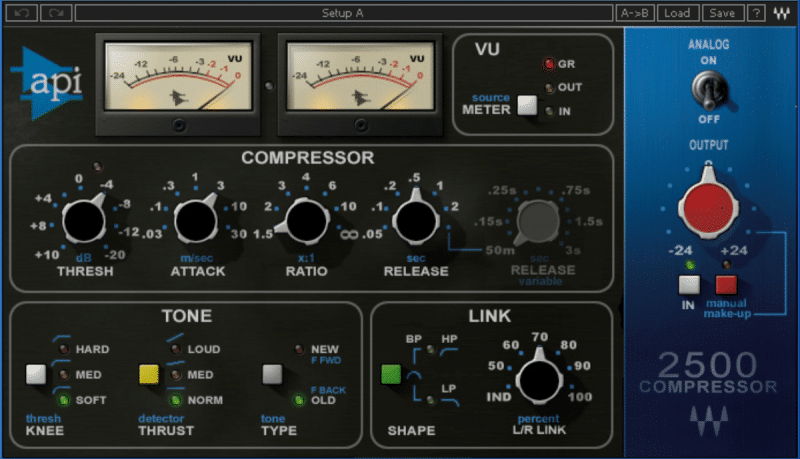
Mixing a song involves meticulously balancing individual instruments to create a cohesive and impactful whole. But achieving a truly professional sound often requires an extra step – Mix Bus Processing. This technique involves applying processing tools to the entire mix, subtly shaping its overall character and gluing everything together.
This article explores the world of Mix Bus Processing, delving into its benefits, common tools, and practical tips for achieving a polished and balanced final mix.

The Glue that Binds: A Guide to Mix Bus Processing
The Power of the Mix Bus: More Than Just Volume Control
While the main fader on your DAW controls the overall volume of your mix, Mix Bus Processing goes beyond simple level adjustments. It allows you to subtly enhance the sound, address common mixing issues, and create a more unified final product.
Benefits of Mix Bus Processing:
- Cohesiveness: By applying subtle processing to the entire mix, you can create a sense of glue, binding all instruments together and making them sound like they belong in the same sonic space.
- Enhanced Clarity: Mix Bus Processing can help tame harsh frequencies or address muddiness, resulting in a cleaner and more transparent overall sound.
- Controlled Dynamics: Certain processors can help control the dynamic range of your mix, adding subtle compression to even out peaks and dips.
- Coloration: Subtle use of saturation or harmonic enhancement can add warmth, depth, or a specific character to your entire mix.
Essential Tools for Mix Bus Processing:
- EQ: A versatile tool for addressing broad frequency imbalances. Use gentle cuts or boosts to refine the overall tonal balance of your mix.
- Compressor: Applied subtly, compression can even out the dynamic range of your mix, ensuring it sits well within the sonic landscape. Aim for light compression with a fast attack and slow release for a transparent effect.
- Saturation: Adding a touch of saturation can introduce subtle warmth, analog character, or even a touch of harmonic distortion. Use it sparingly to avoid making the mix sound muddy.
- Limiter: Used cautiously at the very end of the processing chain, a limiter can prevent clipping and ensure your mix translates well to different playback systems.
Practical Tips for Effective Mix Bus Processing:
- Start with a Balanced Mix: Ensure you’ve achieved a good balance between individual instruments before applying Mix Bus Processing.
- Use High-Quality Tools: Invest in quality plugins or outboard processors to avoid introducing unwanted coloration or artifacts to your mix.
- Less is More: A subtle touch goes a long way. Avoid over-processing the mix bus, as it can lead to a loss of clarity and dynamics.
- A/B Compare: Constantly compare the processed mix with the unprocessed version. This helps you identify positive or negative changes in the overall sound.
- Use Reference Tracks: Compare your Mix Bus Processing decisions to professionally mastered songs in your genre. This can serve as a valuable guide for achieving a polished sound.
Advanced Mix Bus Processing Techniques:
As your skills develop, explore more advanced techniques:
- Parallel Compression: Duplicate your mix bus, heavily compress one channel, and blend it back with the uncompressed version for subtle dynamic control and added punch.
- Multiband Processing: Utilize multiband compressors or EQs to target specific frequency ranges within the mix bus for more precise tonal shaping.
Conclusion: The Final Touch for a Professional Mix
Mix Bus Processing is the final layer of polish that elevates your mix from good to great. By implementing the techniques outlined above and experimenting with different tools, you can unlock the power of this versatile technique. Remember, effective Mix Bus Processing requires a discerning ear and a subtle approach. With practice and refinement, you’ll master the art of creating a cohesive, impactful, and polished final mix.
How To Mix A Song From Scratch – Mix Bus Processing (Video)
Part 2 of 6 – When mixing your song, before you put a single plugin or effect on your individual tracks – start by inserting a few on your mix bus or master fader. The reason is simple: you’ll get a better mix in less time, less effort, and with fewer plugins (which saves computer power). In today’s video we’re going to enhance our balanced mix with some simple EQ and compression on the master fader. The difference is both subtle and powerful at the same time.
